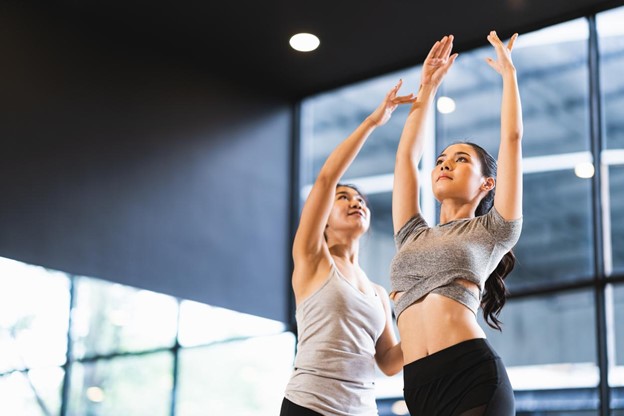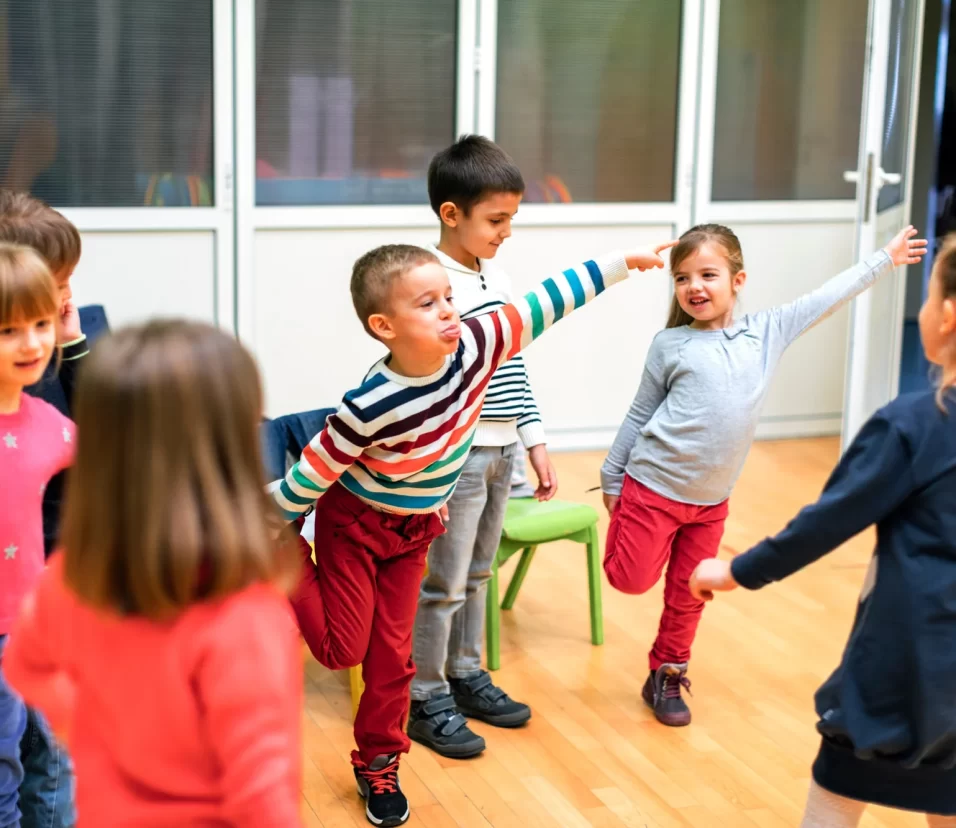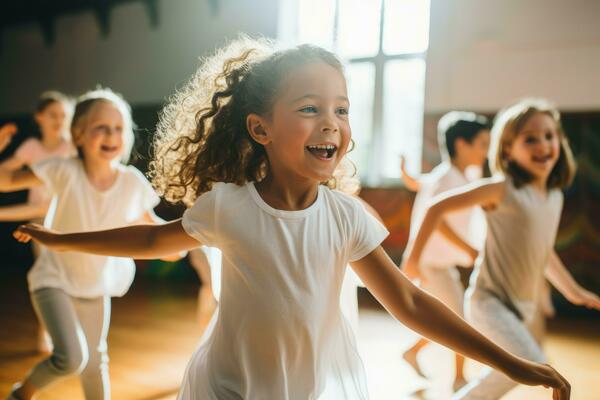How to Create a Dance Lesson Plan in 7 Easy Steps
As dance teachers, we all know the importance of lesson planning. Sure, we may have “winged it” once or twice, but having a well-structured plan boosts your confidence and ensures that your students get the most out of your class. A well-thought-out lesson plan lets you focus on your students and their progress, making the class more enjoyable. Here are seven steps to develop a great lesson plan for your dance class!
1. Establish Your Level and Style
The most crucial step in creating your dance lesson plan is understanding who your students are. Are you teaching a preschool dance class or working with older students? Are you focusing on ballet, jazz, hip-hop, or creative movement? Establishing the age group, level, and style will guide every decision as you prepare your lesson.
You might want to incorporate more creative movement and storytelling for preschool dance lesson plans to keep the little ones engaged. For older students, you can explore more technical skills and complex routines. Remember, it’s always important to know what your students have already learned so that you can build on their skills.
2. Define Your Learning Goals
Once you know the level and style, it’s time to define the learning goals for your class. What specific skill do you want your students to walk away with? It can be as simple as mastering a single move or as broad as improving musicality and spatial awareness. Defining your goals allows you to measure your student’s progress.
For example, if you’re incorporating dance in early education, your goal might be improving gross motor skills, coordination, or rhythm recognition. Dance is a powerful tool in emotional development through movement, and even something as simple as a grand jeté can inspire confidence in young dancers.
3. Sequence Your Class
Now that you have your learning goals in mind, it’s time to plan out your class sequence. Start with a warm-up that prepares the body for movement and ends with a cool-down. Everything in between should build toward your learning goal.
For example, if you want your students to master grand jetés, start with basic exercises focusing on stretching and engaging the appropriate muscle groups. Then, move into more complex sequences, building toward a final combination that includes the grand jeté.
4. Gamify Your Lessons for Younger Students
Consider turning your lessons into a game if you’re working with younger students or preschoolers. This keeps them engaged and helps them learn while having fun! Resources like Moververse offer preschool teacher dance resources that simplify this process. By incorporating playful elements, you can help them learn new concepts while boosting their cognitive and emotional development.
For example, you could design a game where the students “travel” to different countries through dance, learning about cultural movements as they go. Incorporating storytelling and creativity into your lessons will make them more dynamic and memorable for the children.
5. Write It All Down
Having a clear written outline is critical for any dance teacher. Whether you prefer using a notebook, a phone app, or a laptop, the important thing is to have your lesson plan at hand during class. It lets you stay on track and meet your learning goals.
6. Prepare Your Equipment
Never underestimate the importance of proper preparation! Make a list of all the equipment you’ll need for your lesson. If you’re using music, double-check that it’s ready to go, especially if you need a special adapter for your sound system. You might also need props, such as scarves for younger children or barres for more technical ballet classes.
7. Adjust and Be Flexible
As important as lesson plans are, flexibility is key. Sometimes, things don’t go according to plan—maybe the students struggle with a certain concept or pick things up faster than expected. Don’t hesitate to adjust your lesson to match their progress. Each class is unique, and that’s okay!
Conclusion: Finding What Works Best for You
Ultimately, building a lesson plan is about knowing your students and preparing in a way that gives you confidence as a teacher. Whether crafting dance lesson plans for preschool or working with advanced dancers, a well-structured plan will set you up for success. Platforms like Moververse offer dance educators teacher-specific resources that can take the stress out of planning and help streamline your lessons.
Remember, the key to a successful dance class is confidence, preparation, and, most importantly—having fun! When your students feel your energy and enthusiasm, they will more likely engage and grow through dance.







Leave feedback about this